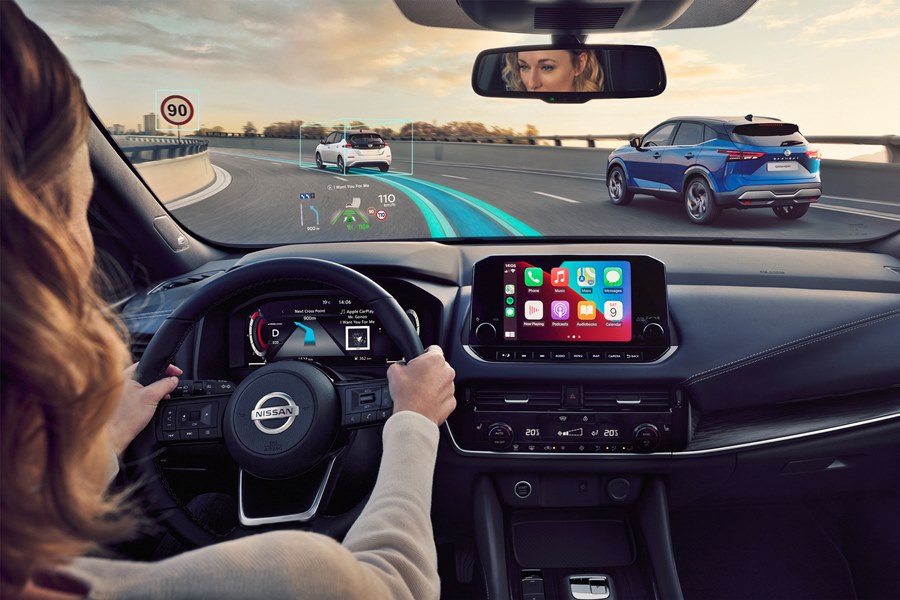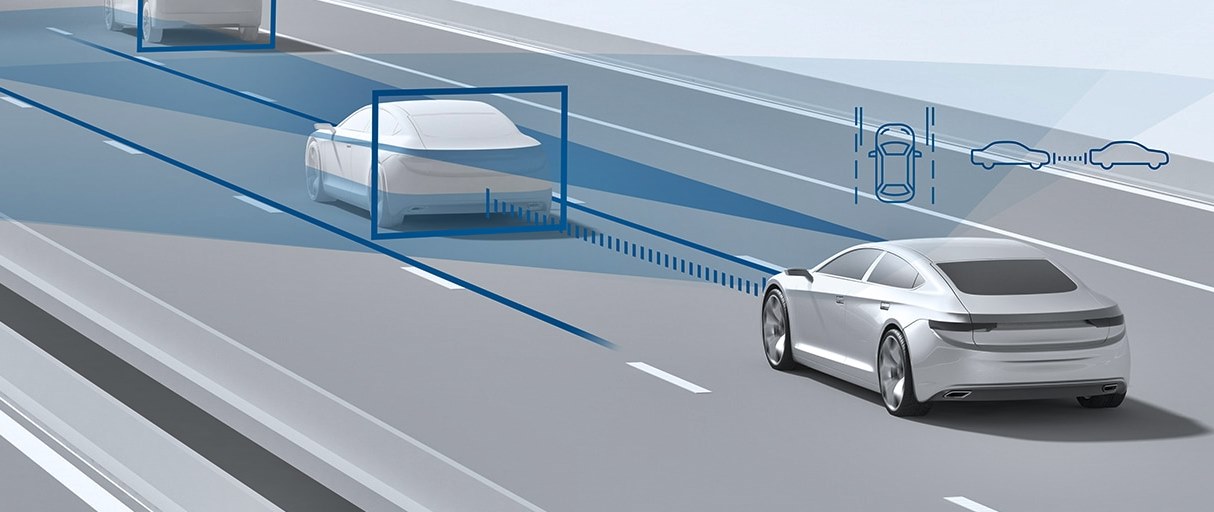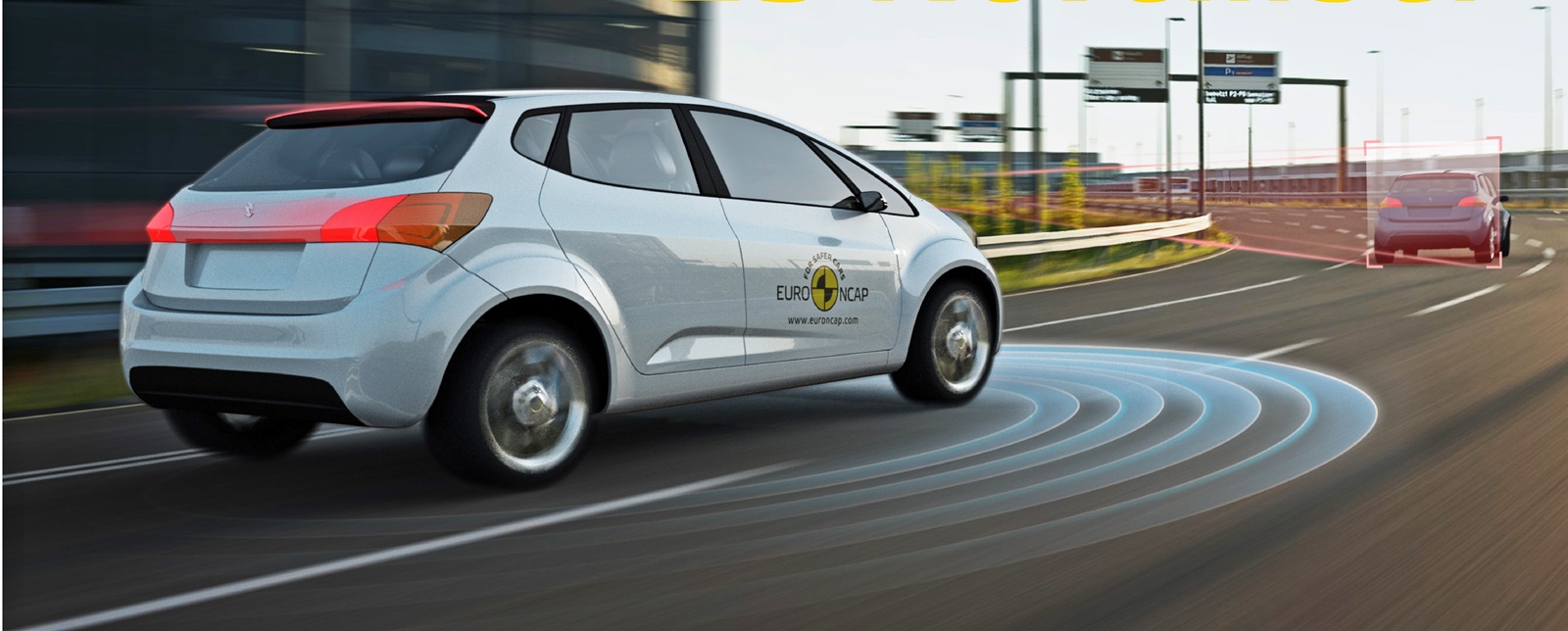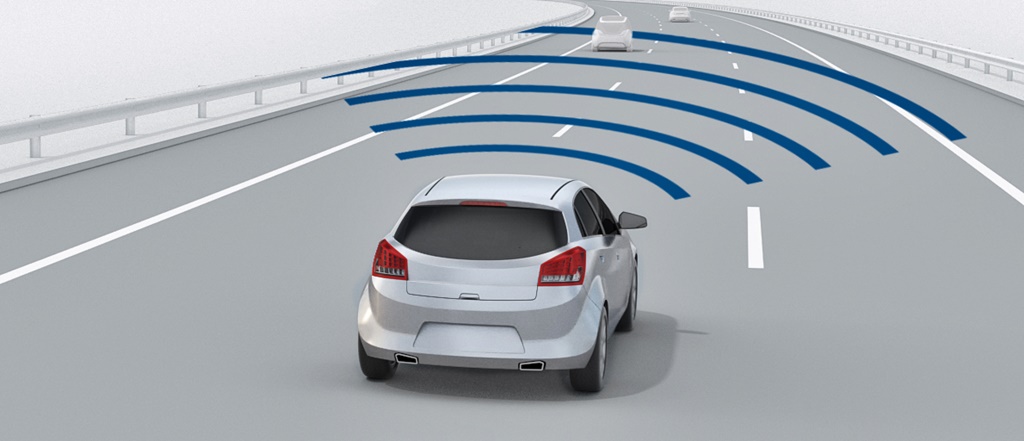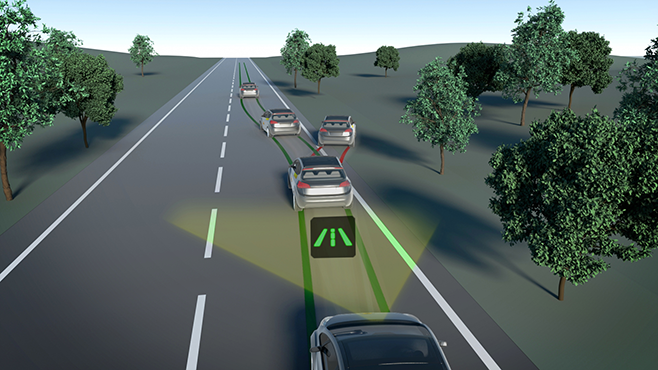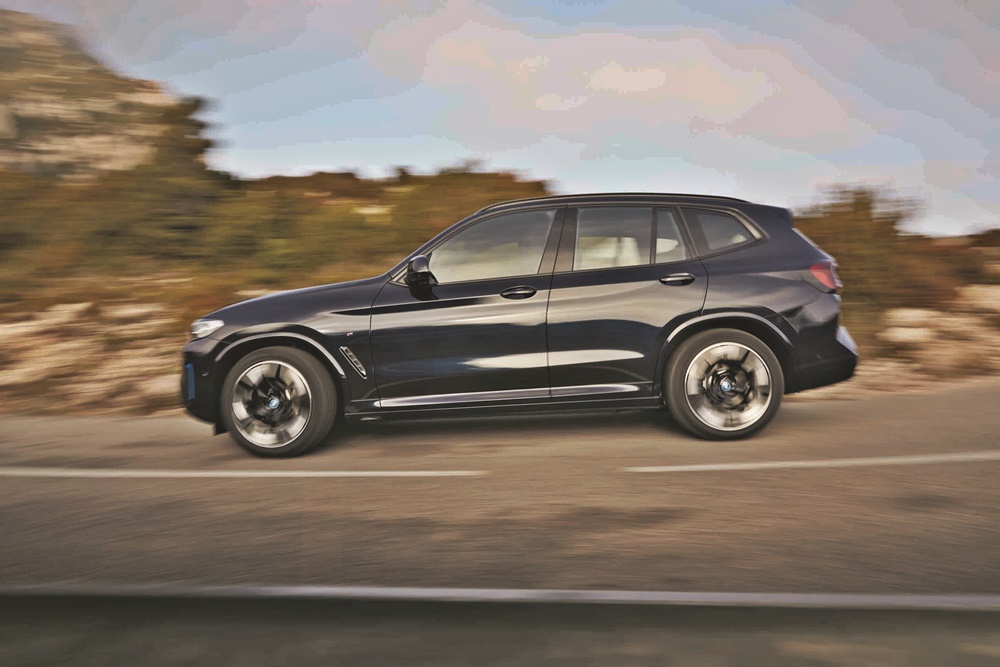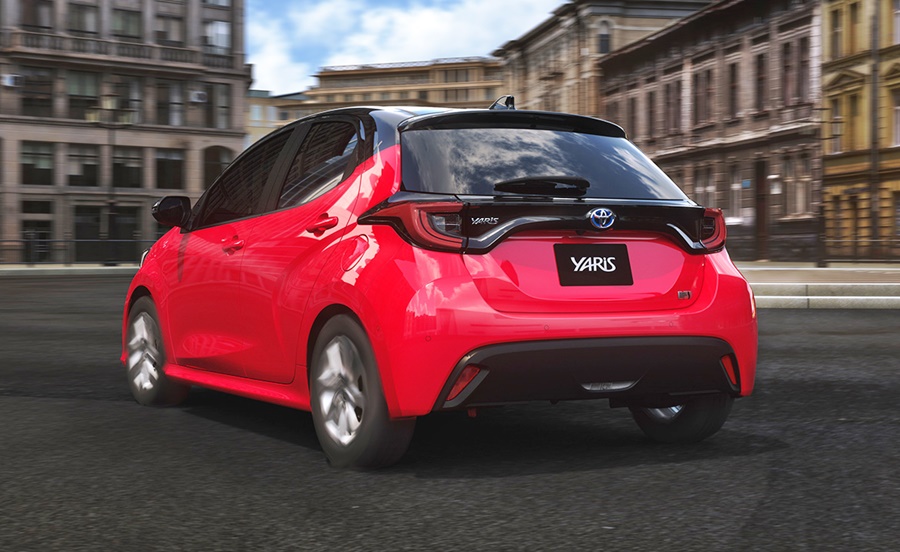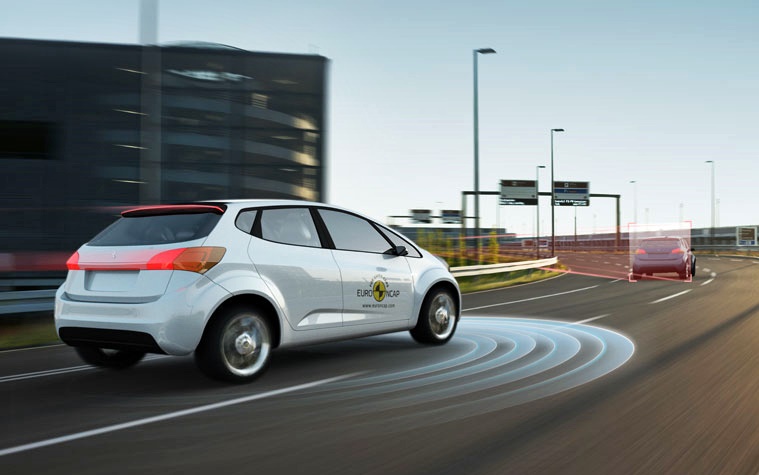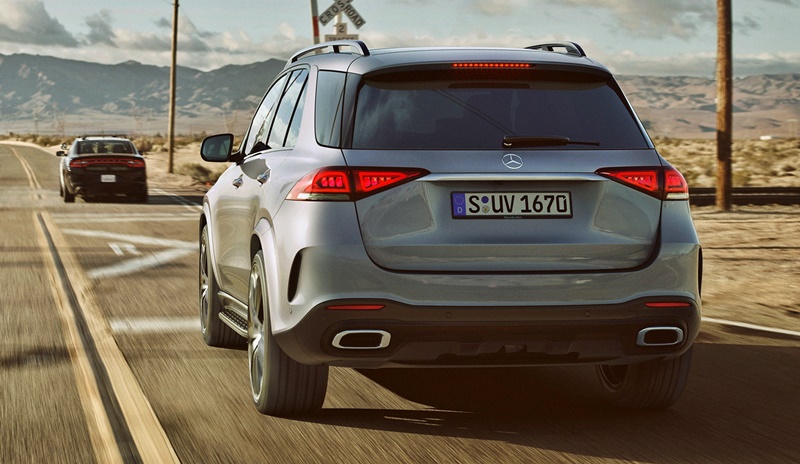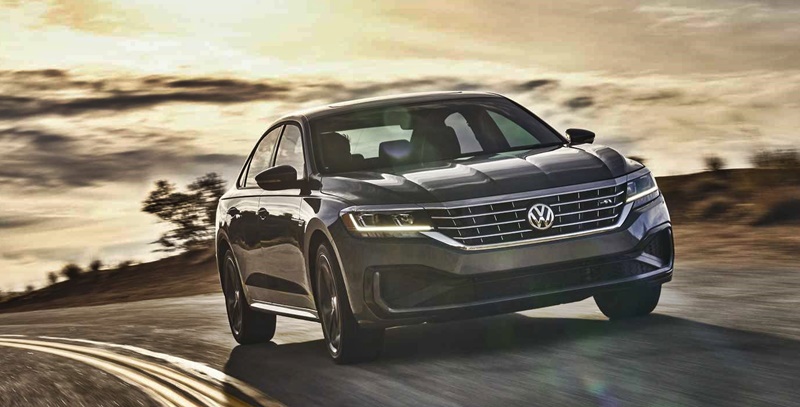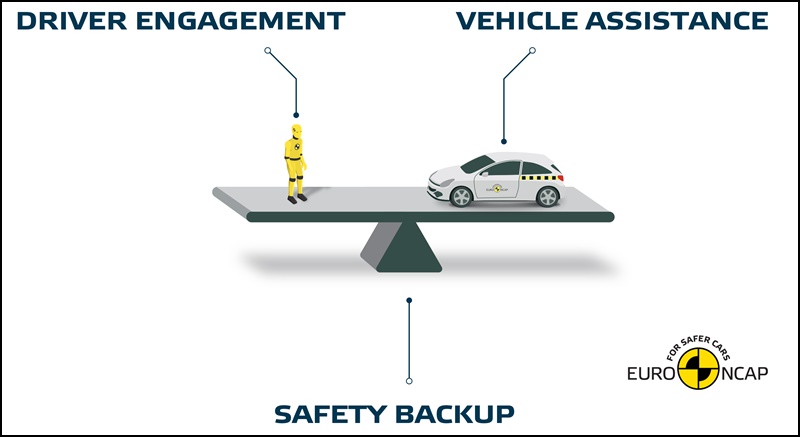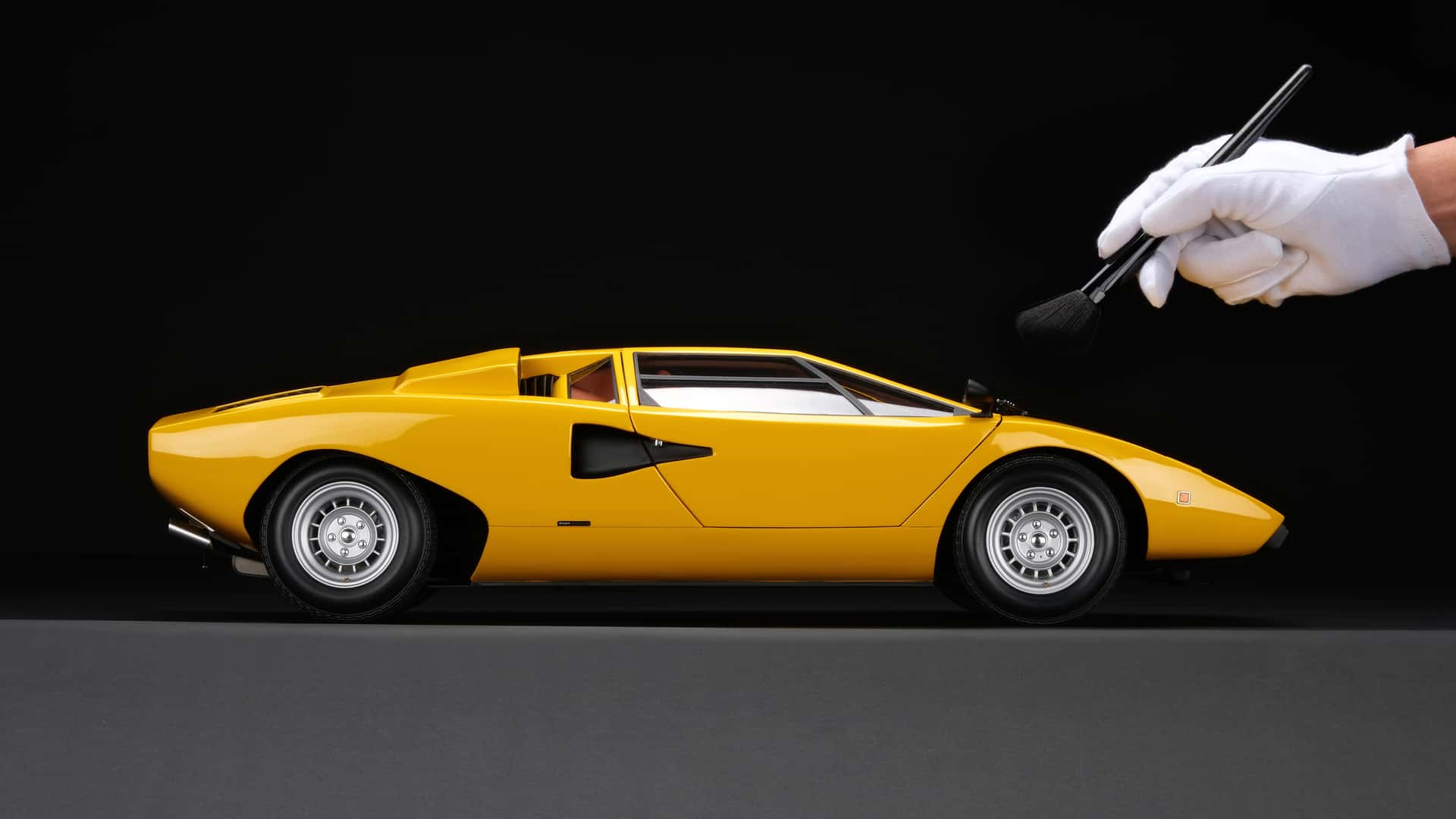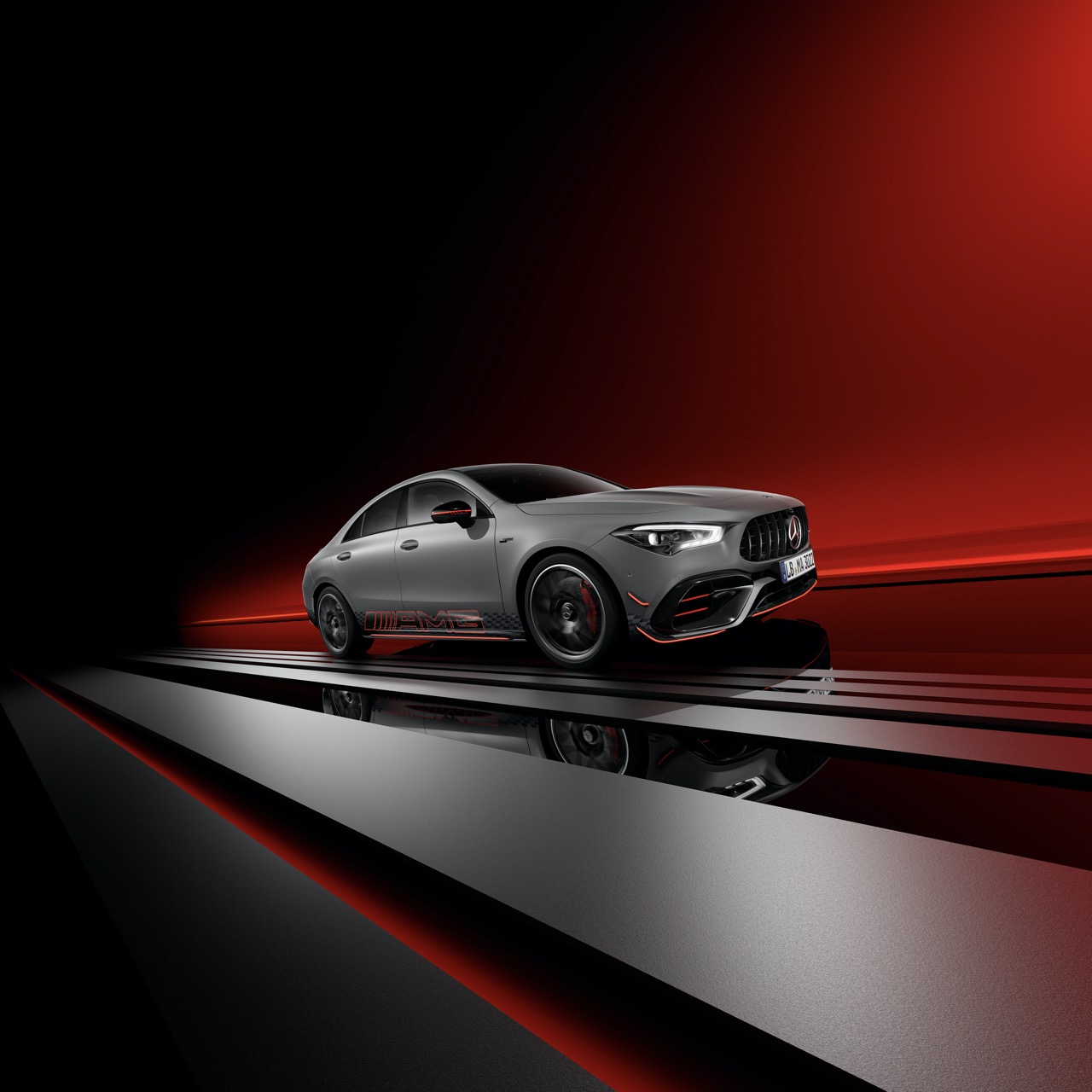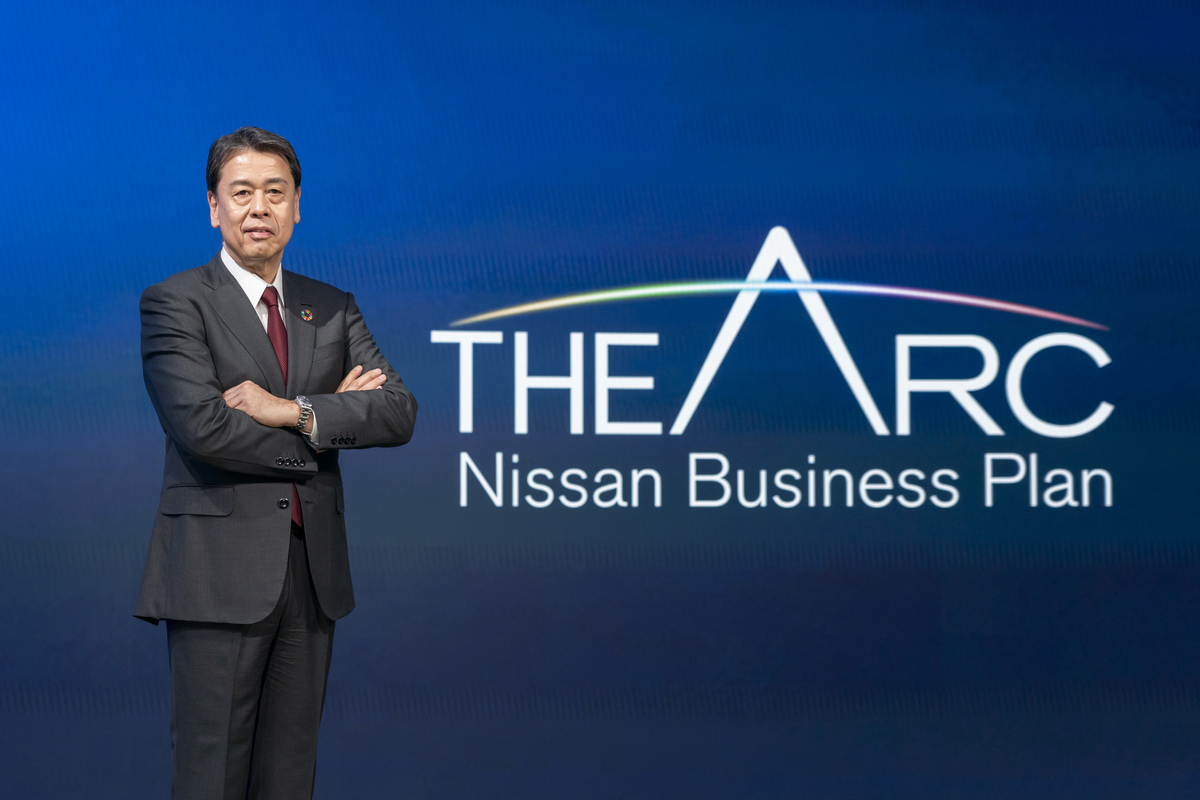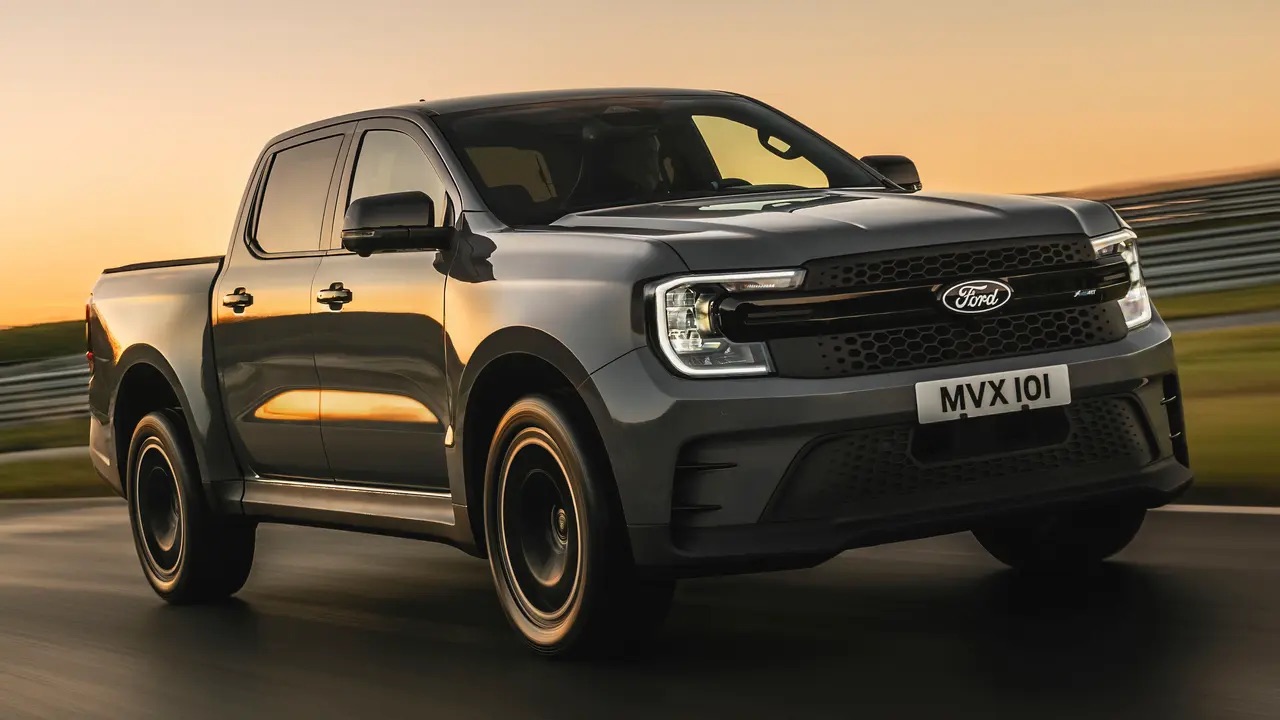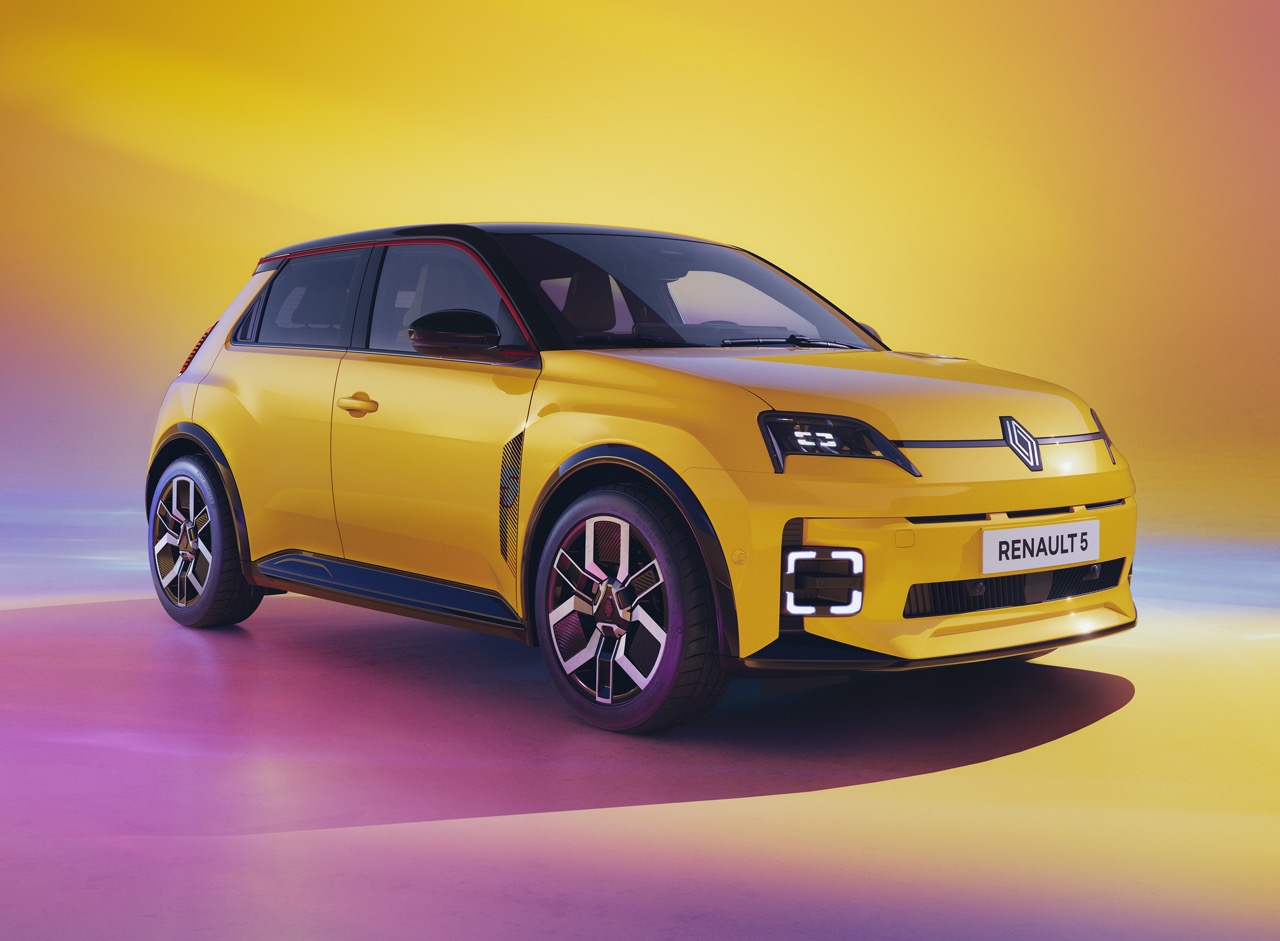When Euro NCAP was established in 1997 as an independent organisation to conduct safety performance assessments on vehicles sold in Europe, the testing was largely on passive safety. Crash tests were highlighted as they showed how good (or bad) a car was when it collided with an obstacle or was rammed from the side. The levels of protection for the occupants within the car were also assessed, including child restraint systems.
As time went by and more advanced safety systems became common, Euro NCAP began adding them to its assessments. For example, in 2011, it began to include Electronic Stability Control (ESC) in ratings and since 2014,Automatic Emergency Braking (AEB) has also been assessed.
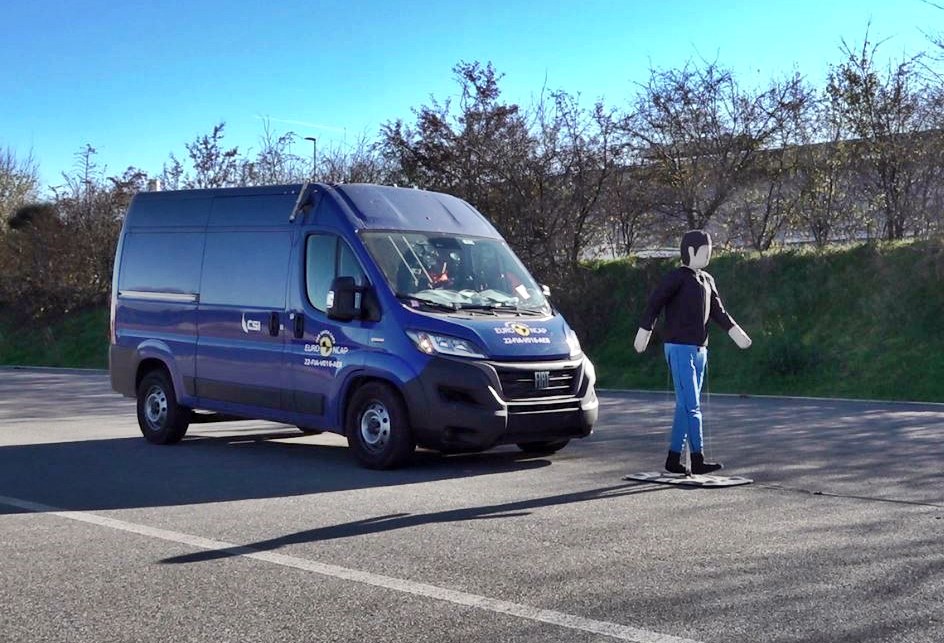
By giving ratings to numerous areas, Euro NCAP has provided a basis of comparison for car-buyers to make more informed decisions. At the same time, because more ‘stars’ suggested a safer car, the manufacturers also aimed to achieve the maximum 5-star rating by ensuring that their new models met the tough test requirements. In this way, Euro NCAP has been continuously pushing the industry to upgrade safety features and systems, benefitting motorists with safer cars.
As Advanced Driver Assistance Systems (ADAS) become more commonly included in new models, the organisation has added Assisted Driving systems to its list. These systems are, however, assessed outside the regular overall rating system. The findings are intended for the information of buyers, giving them a better idea of the effectiveness of the systems advertised.
The tests consist of a series of critical highway driving scenarios, such as typical cut-in and cut-out scenarios, designed to show how effectively the system is able to support the driver in avoiding a possible crash. It also evaluates how driver and system cooperate and how the system ensure that the driver remains engaged in the driving task, avoiding over-trust. Finally, the vehicle’s ability to mitigate the consequences of a crash, referred to as safety backup, is tested, in case an accident is unavoidable.
“We have been publishing Assisted Driving gradings for a couple of years now and we are seeing real improvements in system performance. Most manufacturers realise that it is important that drivers enjoy the benefits of assisted driving without believing that they can hand over control completely to the car, and that’s one of the aspects that our assessment considers,” said the Secretary-General of Euro NCAP, Michiel van Ratingen.
The most recent models tested have been the Jaguar I-PACE, Polestar 2, Volkswagen ID.5 and Nissan Qashqai. While the Jaguar (oldest car in the group) had its system is rated as ‘Entry level’, the new Qashqai stood out in this round of tests. With almost perfectly matched scores for Driver Engagement and Vehicle Assistance, the car’s ProPILOT with Navi Link system demonstrated excellent balance between helping the driver and preventing over-reliance. In the area of Safety Backup, the SUV was said to really excel, with an almost-perfect 93%.
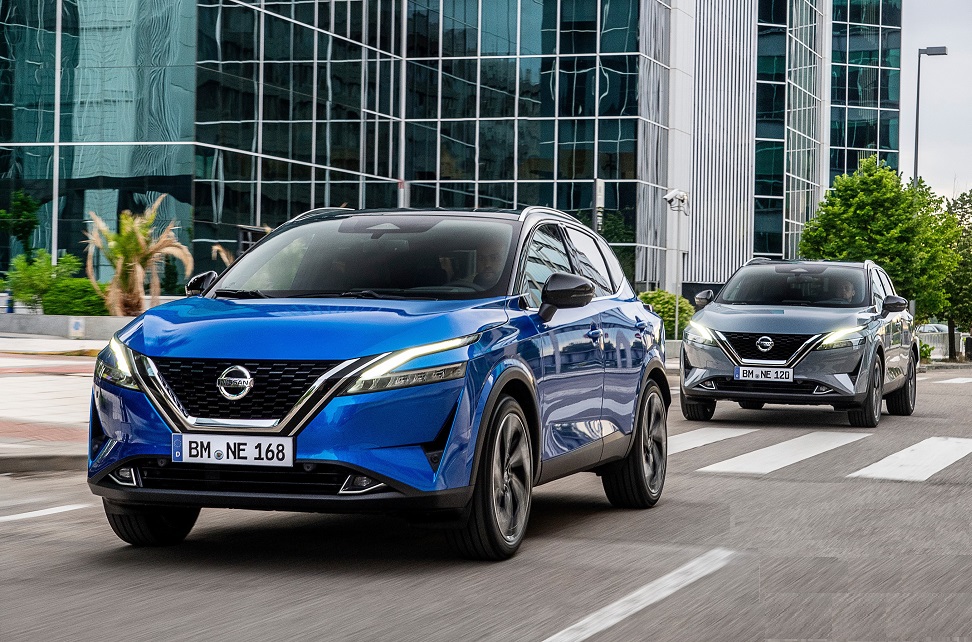
The assistance technologies in the Volkswagen ID.5, one of the carmaker’s range of BEVs (batter electric vehicles), received a “Very Good” rating, and reached 4 out of 4 possible points – the highest possible score. The testers were impressed by the innovative systems of the ID.5 highlighting maximum comfort and an excellent level of assistance.
In the ID.5, Volkswagen uses innovative, fully connected assistance systems, the optional ‘Travel Assist with swarm data’ being the best example. Within the limits of the system, it can actively keep the vehicle in lane and maintain both the distance to the vehicle in front and the maximum speed set by the driver.
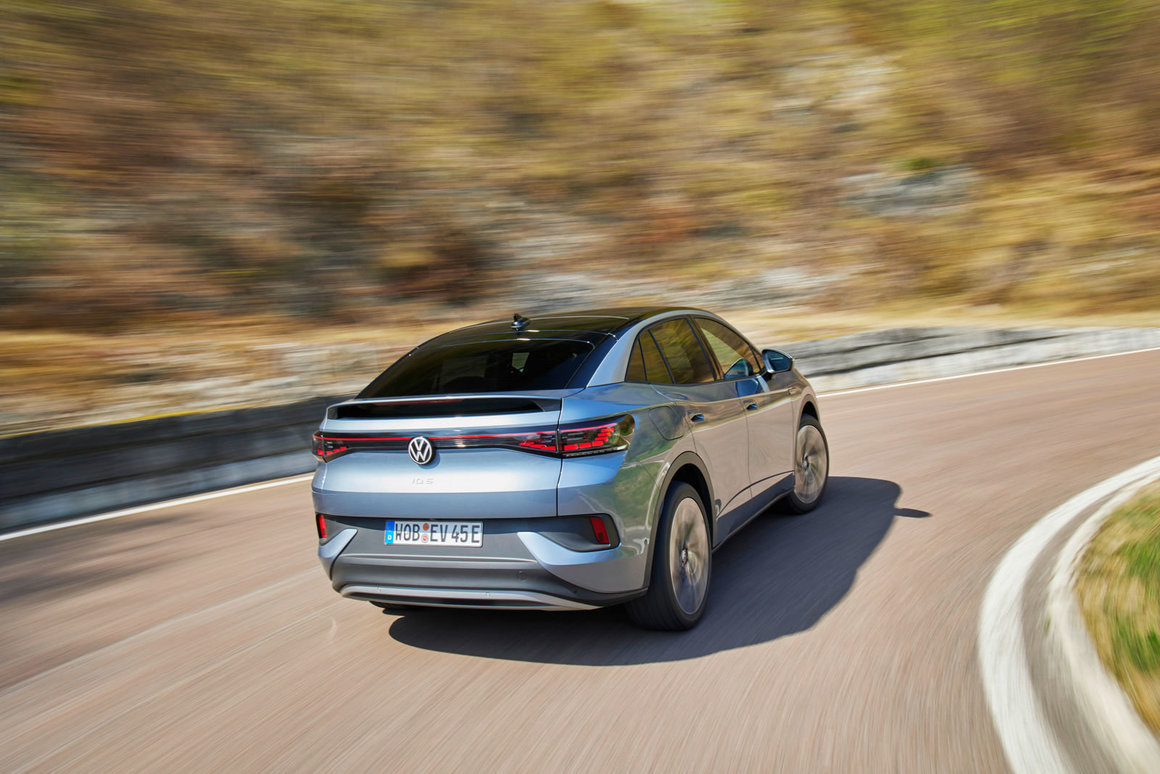
Among other things, the system uses the Adaptive Lane Guidance function which actively keeps the vehicle in the middle of the lane. However, ‘Travel Assist with swarm data’ is able to adapt to the driving style and can also keep the vehicle on the right-or left-hand side of the lane.


